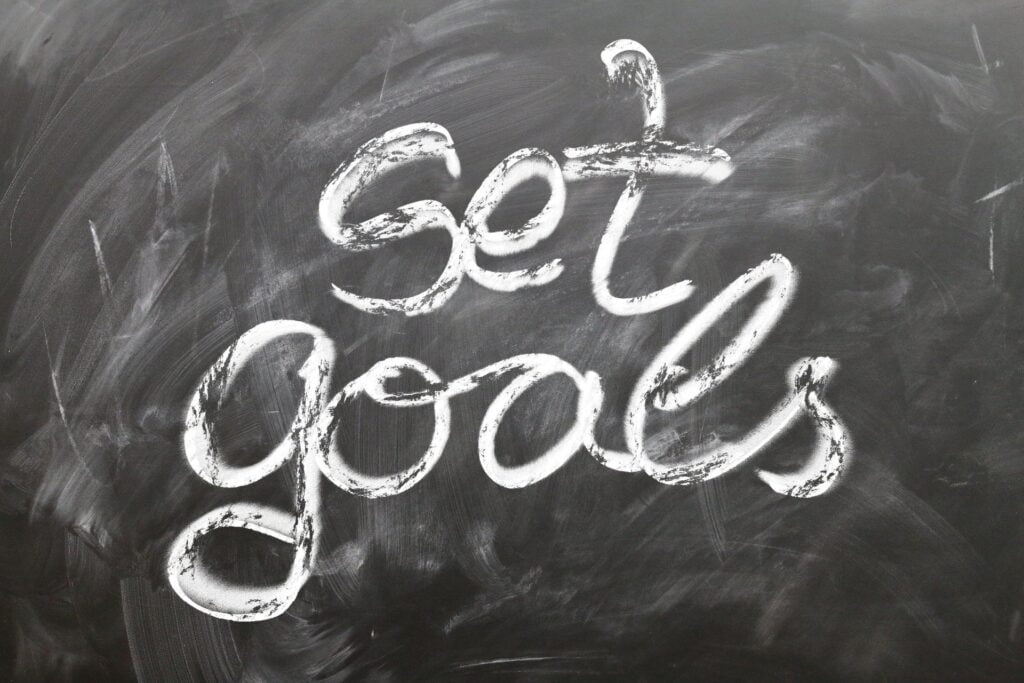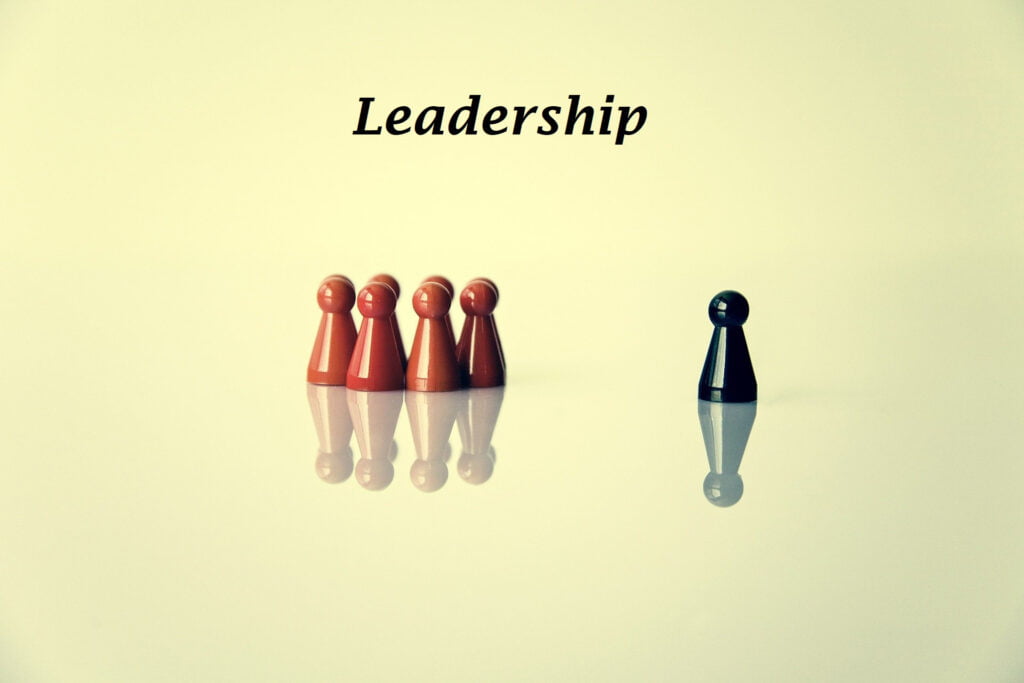Meaning of field marketing
Field marketing is a hands-on, offline marketing strategy where brands engage directly with their target audience in physical locations. Think of it as marketing outside the confines of an office—whether through product demonstrations, street promotions, trade shows, or in-store activations.
Unlike traditional marketing, which often relies on mass media, field marketing thrives on personalized interactions. It’s about creating memorable experiences that leave a lasting impression.
Why is field marketing important?
In a world where digital ads flood our screens and inboxes, field marketing stands out by creating real, human connections that online campaigns simply can’t replicate. But why does this old-school approach still matter in our tech-driven age? The answer lies in its power to engage, persuade, and build trust in ways that pixels and pop-ups never could.
First off, people crave authentic experiences. Sure, a flashy Instagram ad might catch your eye, but a live product demo? That sticks in your memory. Studies show that 74% of consumers are more likely to buy after interacting with a brand in person. Why? Because touching, testing, and talking about a product removes doubts—no fine print, no misleading filters, just real-time answers.
Field marketing also drives immediate action. Imagine walking past a food stall offering free samples. That first bite can turn curiosity into a sale right then and there. Unlike digital ads that hope for a click, field marketing creates instant conversions—whether it’s signing up for a service, buying a product, or even just sparking a conversation.
But it’s not just about sales. Field marketing builds trust and loyalty. When a brand shows up in your community—whether at a local fair, a pop-up shop, or a street team event—it feels more relatable. Customers aren’t just buying from a faceless corporation; they’re connecting with real people who answer questions, share stories, and make them feel valued.
And let’s not forget real-time feedback. Digital analytics tell you what people clicked, but field marketers hear why they loved (or hated) a product. These face-to-face insights help brands tweak their strategies on the fly, making campaigns smarter and more effective.
So, while digital marketing scales fast, field marketing leaves a lasting impression. It’s the difference between seeing an ad for a concert and actually being there—the energy, the excitement, the memories. In a crowded market, that kind of impact is priceless.
Benefits Of Field Marketing
Human Connection in an Increasingly Digital Landscape
In our screen-dominated world, field marketing brings back something increasingly rare – authentic human interaction. There’s an irreplaceable value in face-to-face conversations where customers can see your product’s texture, ask spontaneous questions, and read genuine enthusiasm in a brand ambassador’s voice. These interactions create emotional connections that no perfectly scripted digital ad can replicate. Research shows that in-person experiences trigger stronger memory encoding in the brain, making your brand more memorable. When someone demonstrates how your product solves their specific pain point right in front of them, it transforms abstract marketing messages into tangible solutions.
The Power of Instant Conversions
Field marketing delivers what digital channels often struggle with – immediate results. At a well-executed product sampling event or pop-up activation, you can watch interest transform into action in real time. Unlike online campaigns where customers might bookmark a page and never return, field marketing creates urgency and excitement that drives on-the-spot decisions. The tactile experience of handling products lowers psychological barriers to purchase, while limited-time offers exclusive to the event create fear of missing out. This immediacy provides clearer ROI tracking too – you can literally count sales as they happen rather than waiting for analytics reports.
Unfiltered Market Intelligence Goldmine
Forget poring over web analytics trying to interpret user behavior – field marketing serves up raw, unfiltered customer feedback on a silver platter. You’ll hear the exact phrases people use when describing their needs, see their instinctive reactions to pricing, and notice which product features make their eyes light up. This qualitative data reveals the “why” behind the numbers, helping you understand not just what customers do, but what they truly think. Regional differences become glaringly obvious too – what works in urban centers might completely miss the mark in suburban or rural areas, and field marketing helps you spot these nuances immediately.
Hyper-Localized Brand Building
Field marketing allows for surgical precision in targeting that mass media simply can’t match. You can tailor every aspect of your activation to local tastes, cultural nuances, and community preferences. This localization builds relevance and goodwill that generic national campaigns struggle to achieve. When you sponsor local events, collaborate with neighborhood influencers, or simply set up shop where your target audience naturally gathers, you’re not just selling – you’re embedding your brand into the fabric of the community. This grassroots approach often yields more authentic brand advocacy than expensive celebrity endorsements.
Creating Viral-Worthy Experiences
The most successful field marketing activations become talking points that extend far beyond the physical event. When you create truly remarkable in-person experiences, attendees become your unpaid marketing team, sharing photos and stories across their social networks. These organic endorsements carry more weight than branded content because they come from real people rather than corporate accounts. The shareability factor multiplies your reach exponentially, with well-designed activations often achieving media coverage that would cost millions in traditional advertising dollars.
Building Trust Through Transparency
In an era of deepfakes, fake reviews, and AI-generated content, field marketing offers something precious – authenticity. When customers can see your actual product (not just carefully curated photos), interact with real company representatives (not chatbots), and get immediate answers to their questions (not templated email responses), it builds credibility that no amount of digital marketing can match. This transparency is especially valuable for new brands trying to establish themselves or established brands launching innovative products that require explanation and demonstration.
The Perfect Digital Companion
Rather than competing with digital efforts, field marketing supercharges them. Physical activations provide perfect opportunities to grow your owned marketing channels – collecting email signups, encouraging app downloads, and gaining social media followers from engaged, warm leads. The content generated at events (customer testimonials, product demonstration videos, behind-the-scenes footage) becomes invaluable digital marketing material. Most importantly, field marketing provides the human touch that makes subsequent digital communications more effective – customers are far more likely to open emails from a brand they’ve actually met in person.
Field marketing examples
Still fuzzy on how it works? Check out these real-world examples:
- Sampling Campaigns – Free food samples at grocery stores.
- Pop-Up Shops – Temporary stores creating buzz (e.g., Nike’s sneaker launches).
- Trade Shows – Industry events where brands showcase new products.
- Street Teams – Brand ambassadors handing out flyers or demos in busy areas.
Fun Fact: Red Bull’s extreme sports events are a genius form of field marketing!
How is field marketing different from marketing?
At first glance, field marketing might seem like just another branch of marketing—but in reality, it operates by an entirely different set of rules. While traditional marketing casts a wide net, field marketing spearfishes. Where digital campaigns optimize for clicks, field marketing chases real-world reactions.
Let’s break down the key differences that set these two approaches apart.
1. Interaction vs. Impression
Traditional marketing measures success in impressions—how many people saw an ad or scrolled past a post. Field marketing, on the other hand, counts interactions:
- A billboard is seen → A brand ambassador starts a conversation
- A YouTube ad plays → A product demo lets customers touch and test
- An email gets opened → A pop-up shop visitor tries on merchandise
The difference? Field marketing creates two-way engagement where traditional marketing is often a one-way broadcast.
2. Physical Presence vs. Digital Reach
Traditional marketing thrives on ubiquity—the same TV commercial airing nationwide, the identical Google Ad reaching millions. Field marketing is hyper-localized:
- A national social media campaign → A sampling event tailored to a specific neighborhood
- A magazine ad seen by millions → A street team engaging commuters at one subway station
- A radio spot playing everywhere → A brand activation at a single music festival
Why it matters: Field marketing meets customers where they actually spend time, not just where algorithms place ads.
3. Immediate Feedback vs. Delayed Analytics
With traditional marketing, you might wait weeks for campaign reports. Field marketing offers real-time intelligence:
- Online ads: A/B test results take days → Field teams: See customer reactions instantly
- Email campaigns: Open rates trickle in → In-person demos: Hear “I’d buy this if…” on the spot
- TV commercials: Ratings come later → Event marketing: Can pivot tactics hour-by-hour
The advantage? Field marketers can adjust messaging, offers, or even product displays during an activation based on live feedback.
4. Emotional Engagement vs. Rational Persuasion
Traditional marketing often appeals to logic (“Our product is 37% more efficient!”). Field marketing triggers emotions:
- A detergent commercial talks about stain removal → A street team lets parents see how it works on their kid’s messy shirt
- A car website lists MPG stats → A test drive event makes drivers feel the acceleration
- A food brand’s Instagram shows pretty photos → A tasting booth lets the aroma sell itself
Neuroscience insight: Memories formed through multi-sensory experiences (touch, smell, conversation) are retained 6x longer than those from ads alone.
5. Relationship Building vs. Transaction Focus
While traditional marketing often aims for quick conversions, field marketing plants seeds for long-term loyalty:
- An online promo code gets a one-time purchase → A brand ambassador’s conversation creates a personal connection
- A retargeting ad follows users around the web → A memorable brand experience gets customers to follow you
- A price discount attracts deal-seekers → An educational demo attracts true believers
The result: Field marketing turns anonymous consumers into brand advocates who return—and bring friends.
6. Tactile Proof vs. Virtual Promises
In an age of deepfakes and filtered photos, field marketing delivers irrefutable proof:
- An influencer’s #sponsored post about “life-changing” skincare → A live demo showing blemishes actually covered
- A fast food commercial’s perfect-looking burger → A food truck serving the real (slightly messy) thing
- An infomercial’s “easy assembly” claims → An in-store display letting shoppers try building it
Consumer truth: 68% of people trust a product more after seeing it work in person (Retail TouchPoints).

Field Marketing vs. Digital Marketing
Think of marketing like a toolbox – digital and field marketing are different tools for different jobs. Digital marketing is your power drill: fast, scalable, and perfect for reaching thousands at once. Field marketing is your hand chisel: precise, personal, and creates detailed work you can touch.
Digital lives in screens – ads follow you online, emails hit your inbox, and social media feeds are packed with promotions. It’s great for quick results and tracking clicks. Field marketing happens in the real world – product demos at your local store, brand ambassadors at festivals, or pop-up shops downtown. This creates memorable experiences that build trust.
Here’s the key difference: Digital is about efficiency (how many people see your message). Field is about depth (how strongly people feel about your brand). The smartest companies use both – digital to cast a wide net, then field marketing to reel customers in with real-world magic.
Field marketing vs event marketing
While field marketing and event marketing both happen in the real world, they’re not the same thing. Think of them as cousins—related but with distinct personalities.
Field Marketing is the broader strategy—it’s any face-to-face brand interaction in the wild. This includes:
- Street teams handing out samples in busy areas
- In-store product demonstrations at retail locations
- Pop-up brand experiences in unexpected places
- Guerrilla marketing stunts in public spaces
Event Marketing is a specific subset—it’s marketing through organized gatherings like:
- Music festival sponsorships with branded activations
- Trade show booths with interactive displays
- Product launch parties with VIP guests
- Conferences with speaking opportunities
The key difference? Field marketing goes to where customers already are, while event marketing brings customers to you.
A great field marketing campaign might surprise commuters at a subway station with free coffee samples. Event marketing would invite those same commuters to a “Coffee Experience” pop-up with barista workshops.
Smart brands use both together—like a beverage company sampling products at a marathon (field marketing) while also sponsoring the finish line celebration (event marketing).
How to measure field marketing ROI?
Wondering if field marketing pays off? Track these metrics:
📊 Sales Lift – Compare sales before, during, and after campaigns.
📊 Lead Generation – Number of sign-ups or inquiries.
📊 Customer Feedback – Surveys and direct responses.
📊 Social Media Mentions – Did people post about the event?
What is global field marketing?
Global field marketing is when brands scale their in-person marketing strategies across international markets—but with a smart twist. It’s not about copying-paste the same campaign everywhere, but rather adapting local cultural flavors while maintaining brand consistency worldwide.
Why Global Field Marketing Matters
- Builds local trust in each market while keeping global brand identity
- Accounts for cultural differences (what works in Tokyo may flop in Toronto)
- Leverages regional trends through hyper-local activations
- Creates worldwide buzz when local campaigns go viral
Is field marketing a good career?
Field marketing is a dynamic career path perfect for people who hate being chained to a desk. It combines marketing skills with real-world creativity—you’ll travel, meet diverse audiences, and see the immediate impact of your work.
Why it’s rewarding:
- Variety: No two days are the same (trade shows, pop-ups, street teams)
- Growth potential: Many CMOs started in field roles
- Tangible results: You directly drive sales and brand love
- Skills development: Builds sales, events, and strategic thinking muscles
Best for: Outgoing problem-solvers who enjoy fast-paced environments. With average salaries ranging $50k-$90k and opportunities across industries, it’s a career that keeps you engaged while building valuable transferable skills.
How to become a field marketer?
Field marketing offers one of the most hands-on, dynamic career paths in the marketing world. If you’re ready to step away from computer screens and into the action, here’s your step-by-step guide to breaking into this exciting field.
1. Develop Core Marketing Knowledge
Start with marketing fundamentals:
- Take courses in consumer behavior and brand strategy (Google Digital Garage, HubSpot Academy)
- Understand the 4 Ps of marketing (Product, Price, Place, Promotion)
- Learn how to measure campaign success (ROI, engagement metrics)
Pro Tip: Many universities now offer experiential marketing certificates.
2. Build People-First Skills
Field marketing lives on human connection. Hone these abilities:
- Public speaking (try Toastmasters)
- Active listening (key for customer insights)
- Quick problem-solving (events never go 100% as planned)
- Cultural awareness (for diverse audience interactions)
3. Gain Practical Experience
Start with entry-level roles:
- Brand ambassador gigs (check sites like StreetTeam or Localwise)
- Event staff positions at trade shows/festivals
- Retail merchandising or demo specialist roles
- Internships with field marketing agencies
Success Story: Many top field marketers began handing out product samples on weekends!
4. Master Logistics & Tech
Today’s field marketers need hybrid skills:
- Event management tools (Bizzabo, Eventbrite)
- Basic CRM systems (Salesforce, HubSpot)
- Mobile data collection apps for real-time feedback
- Social media content creation for event amplification
5. Build Your Professional Network
- Join associations (Event Marketing Association)
- Attend industry conferences (Experiential Marketing Summit)
- Connect with field marketing managers on LinkedIn
- Volunteer at local business events
6. Create a Results-Driven Resume
Highlight:
- Specific campaigns you’ve worked on (with metrics)
- Creative problem-solving examples
- Cross-functional collaboration experience
- Any languages spoken (huge plus for global brands)
Career Growth Path
Typical progression:
- Field Representative → 2. Field Marketing Coordinator → 3. Regional Manager → 4. National Director
Industries Hiring Field Marketers:
- Consumer Packaged Goods (CPG)
- Tech/SaaS companies
- Automotive
- Beverage/alcohol brands
- Nonprofits
Final Advice: The best field marketers blend marketer’s strategy with a startup founder’s hustle. If you love bringing brands to life in the real world, this career offers endless creativity and human connection—with the bonus of seeing your impact firsthand every day.
Final Words
Field marketing brings brands to life, creating moments that digital ads simply can’t match. Whether you’re a business owner or a student exploring careers, understanding this dynamic, hands-on approach can open new doors.
Related Posts
How to Start Digital Marketing




